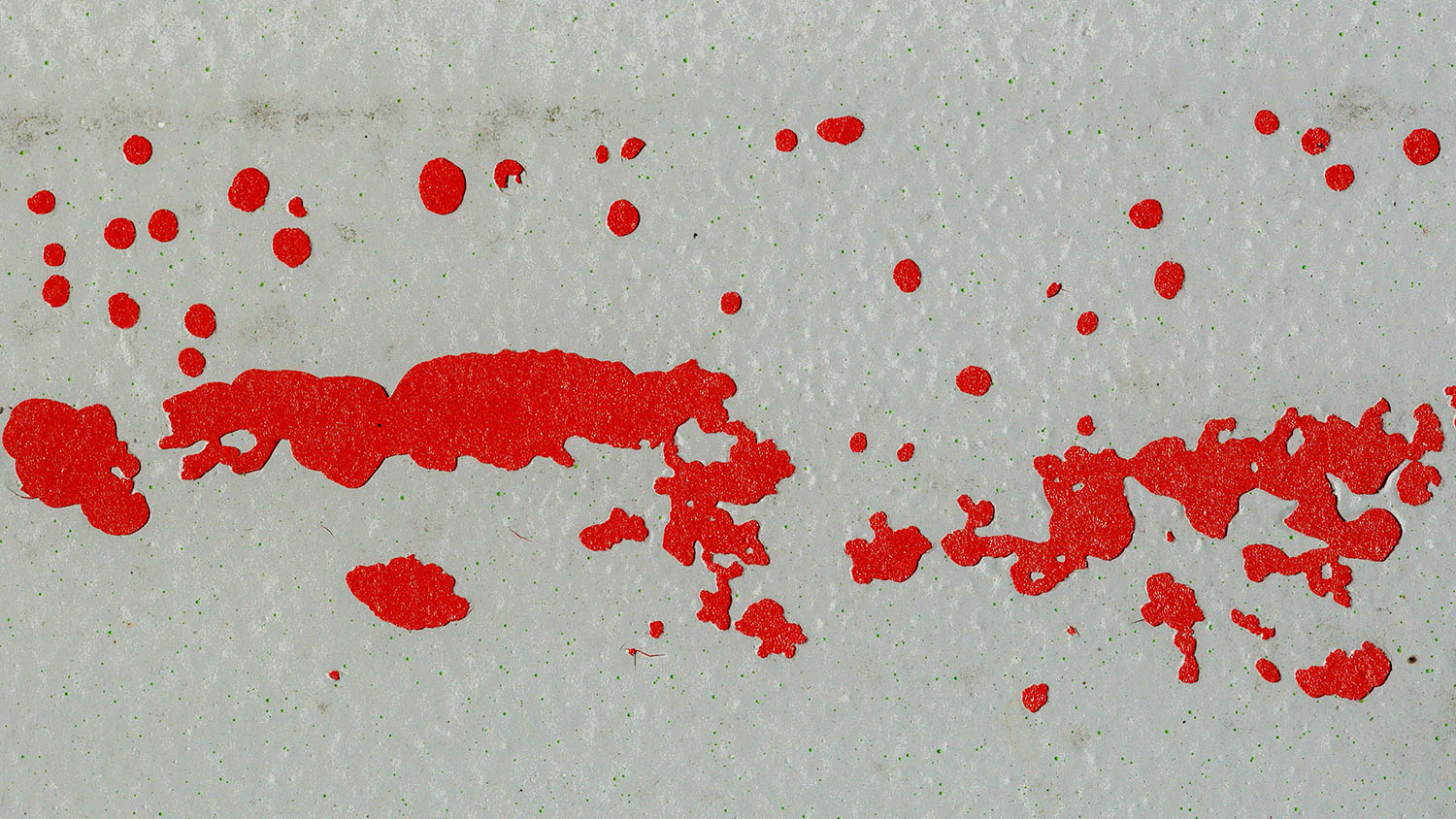Forensics Study Helps Investigators Draw New Clues From Bloodstains

New research offers key insights into how blood stains cotton fabrics, allowing investigators to gather additional information from forensic evidence.
“When blood strikes fabric, it leaves a stain,” says Tiegang Fang, corresponding author of a paper on the work. “But it can be difficult to accurately assess things like how quickly blood was traveling when it struck the fabric. Was it going fast? Slow? Did someone just brush up against the blood? It’s hard to tell, because once the blood comes into contact with the fabric, it wicks across the surface of the fibers in the fabric, spreading out.
“We’ve now done analysis that advances our understanding of how these bloodstains form and can be used to estimate the velocity blood was traveling when it struck cotton fabrics,” says Fang, a professor of mechanical and aerospace engineering at North Carolina State University. “This can be used to provide insights for forensic investigations.”
For the study, the researchers evaluated five different fabric surfaces: plain-woven cotton fabric, which has the same surface characteristics on the front and back; the front and back of a cotton twill, which have different characteristics; and the front and back of a jersey knit, which also have different characteristics.
The researchers splashed these fabrics with porcine blood that was treated to ensure it would behave consistently across all of the testing. The blood was applied to the fabric surfaces at 12 different velocities, and the impact of the blood on the fabric was captured using multiple high-speed cameras, with images being captured at a rate of four frames per millisecond. Cameras also captured the way the blood traveled through the fabrics over time.
The researchers were then able to analyze these images to identify patterns in the bloodstains that correlated to the velocity of the blood spatter.
“One key finding relates to the ‘fingers’ of the blood stain,” Fang says. “When you look at a bloodstain on fabric, you will sometimes see thin tendrils that spread out from the center of the stain. Those tendrils are referred to as fingers. We found that the more fingers a bloodstain has, the faster the blood was moving when it struck the fabric. However, over time, these fingers may spread out and run together.
“Satellite droplets were another key indicator of velocity,” Fang says. “Basically, the faster the blood was travelling when it hit the fabric, the more likely there are to be tiny stains surrounding a central stain – and the faster the blood was moving, the more satellite droplets there would be.”
However, the researchers found that some of the fabrics offered fewer clues than others.
“The physical properties of plain-woven cotton make it much easier to estimate the velocity of blood spatter compared to the other fabrics,” Fang says. “Whereas the properties of twill make it the most difficult to estimate the velocity.
“The results of this study are promising, and we’re interested in doing additional work with a wider variety of fabrics, weaves, and yarns. It’s clear that the specific structures of each surface play a critical role in how these bloodstains form and what we can learn from them.”
The paper, “Dynamics of blood falling on three types of cotton fabrics and resulting bloodstains,” is published in the journal Forensic Science International. First author of the paper is Fujun Wang, a former Ph.D. student at NC State. The paper was co-authored by Vanessa Gallardo, a former postdoctoral researcher at NC State; and by Stephen Michielsen, a former professor in NC State’s Wilson College of Textiles who is now on faculty at RMIT University in Australia.
This work was done with support from the National Institute of Justice under grant 2018-R2-CX-0033.
-shipman-
Note to Editors: The study abstract follows.
“Dynamics of blood falling on three types of cotton fabrics and resulting bloodstains”
Authors: Fujun Wang, Vanessa Gallardo and Tiegang Fang, North Carolina State University; and Stephen Michielsen, North Carolina State University and RMIT University
Published: June 26, Forensic Science International
DOI: 10.1016/j.forsciint.2025.112543
Abstract: The time evolution of blood drops falling on plain woven, 3×1 twill, and jersey knit cotton fabric were studied. Three time domains were observed; at times less than 0.1 s, the drop travels across the fabric surface, spreading, forming a rim, breaking up of the rim, and retracting. In this domain, the blood drop morphology and the bloodstain area is strongly affected by the impact Weber number (We). Near the end of the first time domain, the blood begins to enter the inter-yarn spaces in the fabric structure, ceases to be an independent drop and begins to spread within the fabric (time domain 2). In a third time domain, blood moves from the inter-yarn spaces into the inter-fiber spaces and wicks along the fiber surfaces within the yarn to form still larger stain patterns. The final stain sizes were nearly independent of the impact We, but strongly dependent on the fabric structure: the stain being the largest on plain woven fabric while smallest on knit fabric. Empirical power-law-based models were developed to predict wicking kinematics, the splashing threshold, and the number of satellite droplets during splashing. Comparison with experimental data demonstrates the model’s adequacy in describing wicking kinematics while highlighting its limitations in predicting the splashing threshold and the formation of satellite droplets.
This post was originally published in NC State News.
- Categories:


